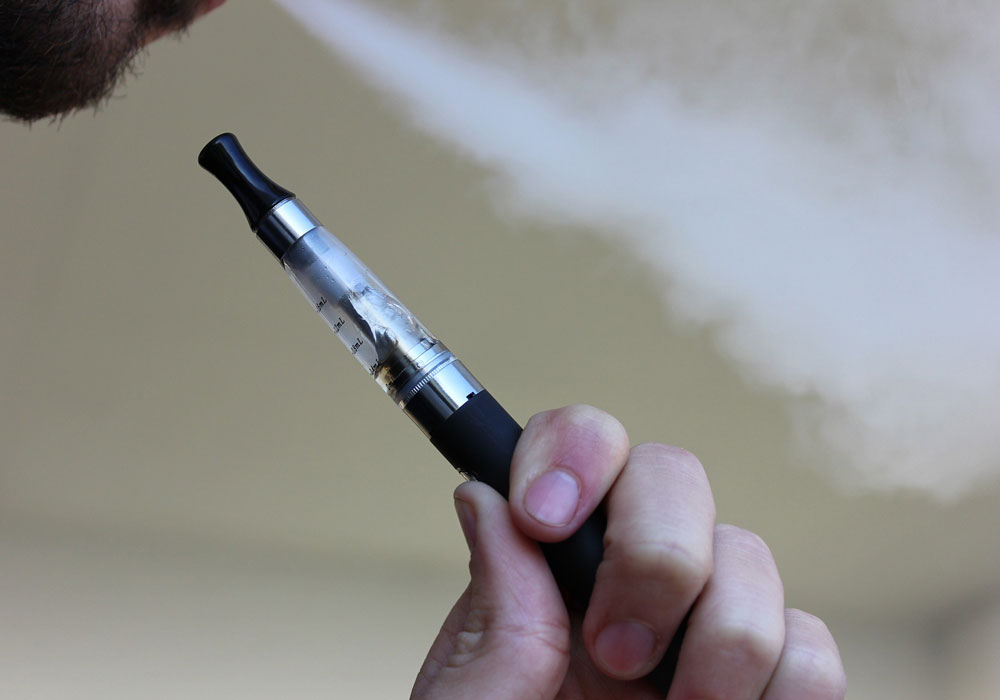Balancing the benefits of e-cigarettes for adults with the harms makes regulating e-cigarette marketing particularly challenging, U.S. Food and Drug Administration (FDA) Center for Tobacco Products Director Mitch Zeller, JD, said in a January 2022 interview with the National Cancer Institute (NCI). FDA continuously evaluates e-cigarettes and tobacco companies’ marketing strategies, and Zeller says it’s up to tobacco companies to make those differences clear in their advertising.
The administration reviews the marketing applications for e-cigarette products, weighs the benefits versus harms of e-cigarettes, and reviews the evidence for their use as a tobacco cessation tool.
In the interview, Zeller discussed e-cigarettes’ benefits and harms and reviewed data from relevant studies. Although the 2021 National Youth Tobacco Survey indicated that more than 2 million middle and high school kids were current users of e-cigarettes, Zeller said there’s also an important debate about e-cigarettes and harm reduction for adults.
“It’s a very fair question to ask: What is the potential benefit for adults of switching from conventional cigarettes to e-cigarettes? Especially if there’s complete switching to an e-cigarette, where they can still inhale nicotine, but they’re inhaling a fraction of the 7,000 chemicals that are in every puff of conventional cigarette smoke that goes into the lungs,” Zeller said. “But when it comes to kids, the harm reduction question doesn’t apply because kids should not be inhaling any of these products into their lungs.”
Zeller said that by law, the effects of tobacco products must be considered on both users and nonusers alike. Legislation such as the 2009 Family and Smoking Prevention and Tobacco Act provide guidelines for FDA to consider when approving or denying tobacco products’ marketing applications.
“With regard to users, the question is: Will they continue to use the tobacco product that they’re already using, or will they switch to the new tobacco product that’s in the application?” Zeller said. “For nonusers, the question is: Will any of them initiate use of the new product? And it’s basically a net assessment at the population level of the benefits and risks of that new product. And the burden is 100% on the company, by law, to demonstrate that the marketing of their product is appropriate for the protection of the public health.”
ONS has an established position that FDA should regulate e-cigarettes and vaping liquids, as well as prohibit the sale of covered tobacco products to individuals aged younger than 21 years and require the display of health warnings on product packages and in advertisements. ONS also believes nurses should inform patients of the dangers of tobacco and provide additional information on evidence-based tobacco cessation alternatives.






